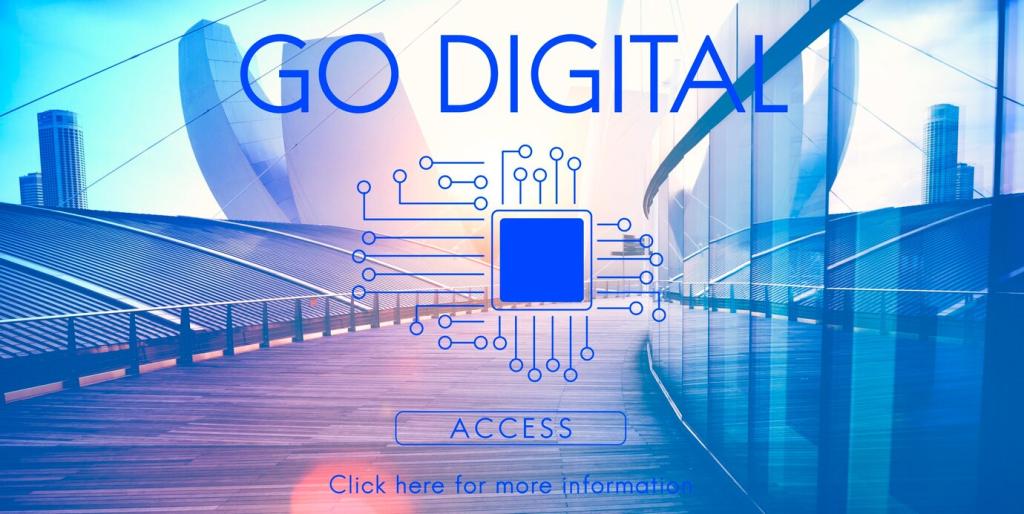Secure the Journey: Data Security during Cloud Shift
Chosen theme: Data Security during Cloud Shift. Welcome aboard—your practical guide to safeguarding data while modernizing. Expect real stories, step-by-step tactics, and human-first advice. Subscribe, ask questions, and share your challenges to shape upcoming deep dives.

Understanding the Shared Responsibility Model
You lose physical control but gain programmable control. The cloud provider secures the infrastructure; you secure configurations, identities, data, and workloads. That shift rewards automation and discipline, especially around defaults that once were safely hidden in private data centers.
Understanding the Shared Responsibility Model
IaaS gives you knobs, PaaS gives you guardrails, and SaaS trades flexibility for convenience. Map responsibilities per service: network, data, identity, logging, and resilience. Write it down, review quarterly, and ensure every team agrees before the first migration wave.


Classify Data, Sequence Migration
Practical tiers that actually guide decisions
Use clear labels: public, internal, confidential, restricted, and strictly regulated (PII, PCI, PHI). Each tier maps to encryption requirements, access policies, logging depth, and retention. Simplicity wins because developers actually apply it during coding, testing, and deployment.


Wave planning that reduces blast radius
Move low-risk, low-dependency systems first; observe failure modes and refine controls. Then advance to sensitive datasets with strict guardrails. Treat every wave as an experiment with defined exit criteria, measurable success metrics, and a rollback plan you have already rehearsed.
Encrypt Everything, Manage Keys Wisely

Use cloud KMS with customer-managed keys, and isolate key administrators from data administrators. Establish rotation, dual control, and break-glass procedures. For the most sensitive workloads, consider HSM-backed keys and independent attestation so auditors trust both process and evidence.
Identity, Access, and Secrets Hygiene
Designing least privilege that survives scale
Model access around tasks, not teams. Use roles with permission boundaries and deny-by-default policies. Grant time-bound, ticketed elevation for break-glass needs. Periodically replay access logs to refine roles, trimming permissions nobody used during a full business cycle.
Short-lived credentials and automated rotation
Adopt federated identity with short-lived tokens instead of long-lived keys. Rotate secrets automatically, store them in a managed vault, and block plaintext in repositories. Alert on secret exposure during CI, commit, and artifact scans to catch mistakes before deployment.
Separating human and machine identities
Use distinct principals for services and people, with different policies and lifetimes. Enforce MFA for humans and strong workload identity for services. This separation makes auditing clearer, incident containment faster, and lateral movement dramatically harder for attackers.
Observe, Detect, and Respond Faster
Aggregate logs across accounts and regions into immutable storage with lifecycle policies. Normalize formats, enrich with identity and asset context, and index for rapid queries. Run weekly hunts to prove value and refine detections before an incident forces the issue.
Observe, Detect, and Respond Faster
Use CSPM and CWPP to catch misconfigurations, exposed secrets, and vulnerable packages. Turn high-severity findings into automated remediations with approvals. Track mean time to remediate as a team metric, celebrating faster fixes and gradually raising your policy bar.
Observe, Detect, and Respond Faster
Write crisp runbooks for data exposure, key compromise, and ransomware scenarios. Practice game days with realistic telemetry and clock pressure. After-action reviews should produce code, not slides—new detections, new guardrails, and clearer ownership for the next round.


Compliance, Governance, and Culture
Align ISO 27001, SOC 2, PCI DSS, and HIPAA requirements to concrete technical controls. Prove effectiveness with evidence from pipelines and logs. When auditors arrive, show automation, not screenshots, and let repeatable processes tell a reliable, trustworthy story.
Compliance, Governance, and Culture
Enforce tagging, encryption, and network policies using policy-as-code engines. Block unsafe changes at commit or deploy time, and provide developer-friendly messages. Guardrails should guide, not punish, turning governance into a coaching experience that accelerates safe delivery.
